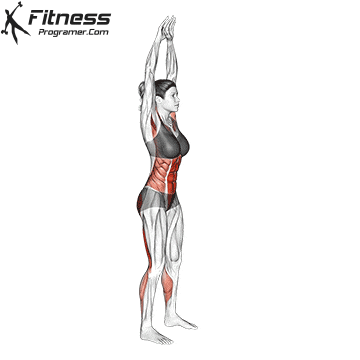How to: Standing Side Bend Stretch
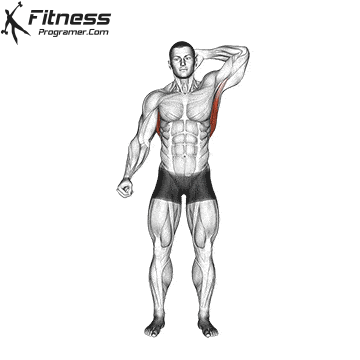
Back and Pec Stretch Overview
The Back and Pec Stretch is a valuable exercise for improving flexibility and mobility in the upper body. It targets key muscle groups, including the latissimus dorsi (lats), pectoralis major and minor (chest), posterior deltoids (shoulders), and trapezius (upper back). Regularly incorporating this stretch can enhance posture, alleviate upper back tension, and prepare the body for more strenuous physical activity.
This stretch can be performed both statically (holding the position) and dynamically (with movement).
How to Perform the Back and Pec Stretch
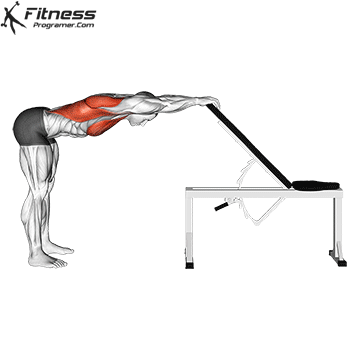
Setup:
- Find a sturdy bench, elevated platform, or table at waist height. Ensure the surface is stable and secure.
Execution:
- Stand and Position Yourself
- Stand about a foot away from the bench, facing it. Place your hands shoulder-width apart on the edge of the surface.
- Hinge at the Hips
- Slowly step back while bending at the hips. Lower your torso until it’s parallel to the ground or slightly below.
- Engage the Stretch
- Keep your arms straight and allow your chest to sink downward. Your head should remain aligned with your arms, or you can let it drop slightly for a deeper stretch.
- Breathe and Hold
- Hold the stretch for 20–30 seconds while taking deep, controlled breaths. Focus on feeling the tension release from your back and chest.
For dynamic stretching:
- Follow the same setup and positioning as the static stretch. Instead of holding the stretch, perform the following dynamic movement:
- Gently move your torso up and down, deepening the stretch with each downward movement.
- Perform 10-15 repetitions.
Coach Tips:
- Keep a slight bend in your knees if your hamstrings feel tight.
- Avoid arching your lower back excessively; maintain a neutral spine.
Common Mistakes to Avoid
- Overarching the Lower Back: Focus on hinging from the hips and keeping your core engaged to protect your lumbar spine. Stop if you feel any sharp pain.
- Tension in the Shoulders: Relax your shoulders and allow your chest to drop for a deeper and more effective stretch.
Benefits of the Back and Pec Stretch
- Improves Flexibility
- Regularly performing this stretch increases the range of motion in your shoulders and thoracic spine, improving your overall upper body flexibility.
- Relieves Muscle Tension
- It helps alleviate tightness in the chest and back caused by prolonged sitting or repetitive movements.
- Enhances Posture
- By opening up the chest and elongating the spine, this stretch counters the effects of slouching and promotes a more upright posture.
- Supports Workout Recovery
- Stretching post-workout helps to reduce soreness and improve circulation to the muscles, aiding recovery.
- Boosts Athletic Performance
- A flexible upper body is crucial for sports requiring overhead or pulling motions, such as swimming or rock climbing.
Muscles Worked
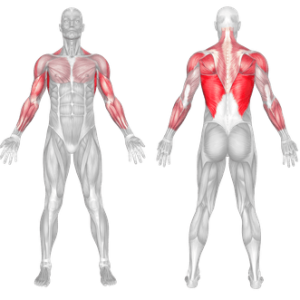
How to Above Head Chest Stretch

How to Dynamic Chest Stretch
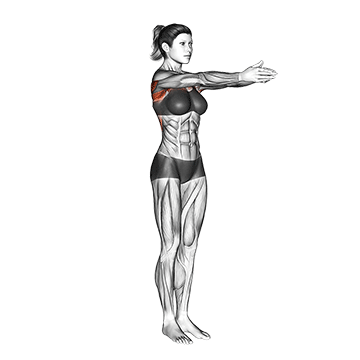
How to Cobra Abdominal Stretch

To perform a cobra abdominal stretch, start by lying face-down on a mat with your hands placed flat under your shoulders.
Slowly press into your hands and straighten your arms, lifting your chest and head off the ground.
Keep your elbows close to your body and hold this position for a few seconds, breathing deeply.
Then, release back down to the starting position. Repeat several times.
Note:
It is important to perform the cobra pose carefully and gradually, avoiding any sudden movements that could cause pain or injury. If you experience discomfort during the stretch, stop and speak with a healthcare professional. Additionally, it is important to incorporate regular stretching into your overall exercise program to maintain flexibility and prevent injury.
Benefits
The cobra abdominal stretch is a yoga pose that helps to stretch the muscles in the abdominal region, including the rectus abdominis, and the muscles in the lower back. It can help improve posture and flexibility, as well as alleviate back pain and stiffness.
How to: Scapular Protraction and Retraction
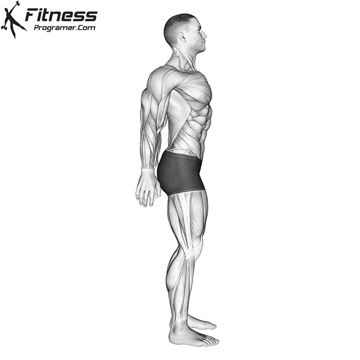
Let your arms hang loose by the sides and relax your shoulders. Keep your head level and your spine in a neutral position. Slowly move your scapula forward and backward.
How To: Standing One Arm Chest Stretch
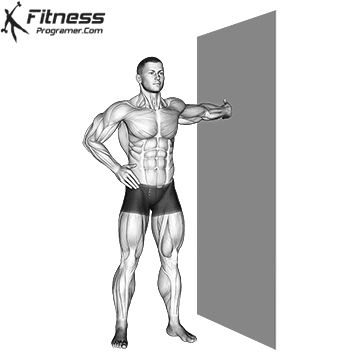
Kneeling Hip Flexor Stretch
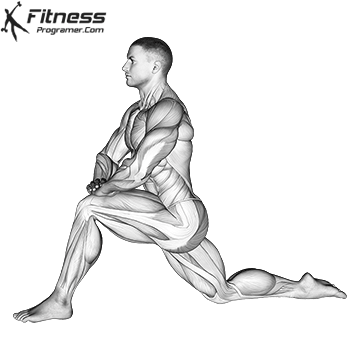
How to do:
1- Placing your hands on your knee, kneel on your right knee, with your left foot out in front of you and your left knee bent at a right angle, so that your head is in line with your right knee.
2- Lean forward, putting your weight on your left leg. Feel the stretch in your right thigh, and hold briefly at the edge of the movement.
3- Release and reverse the movement back to the start position. Repeat the stretch with your right leg.
How To: Standing Quadriceps Stretch
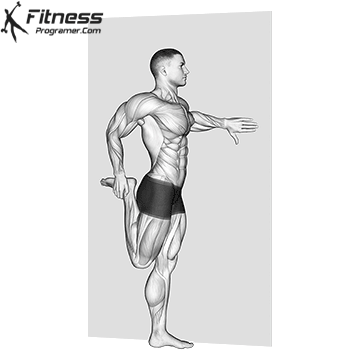
How to do Standing Toe Touches
